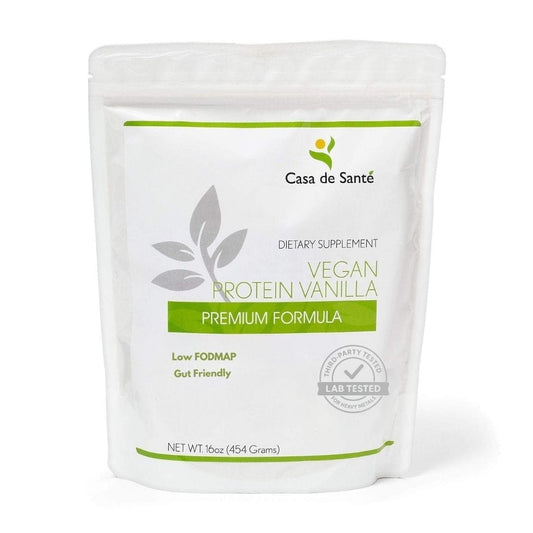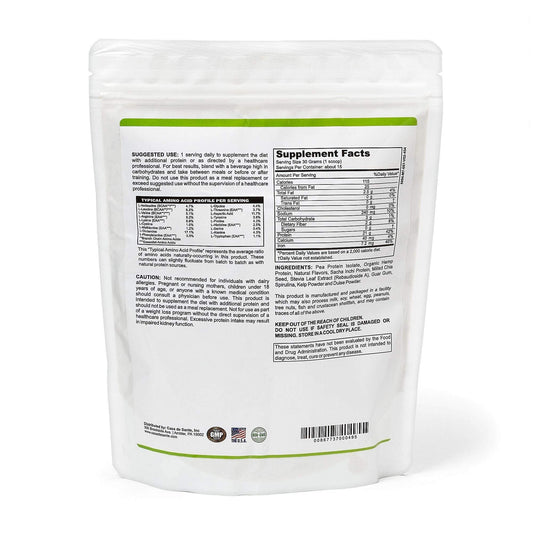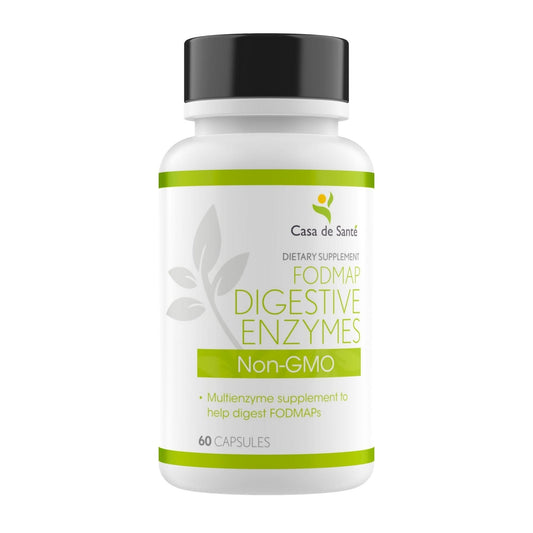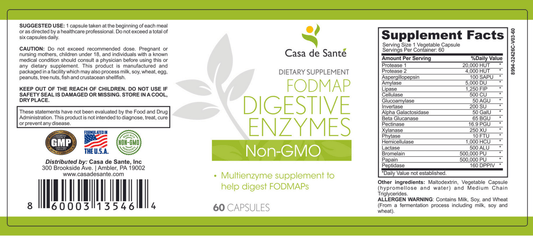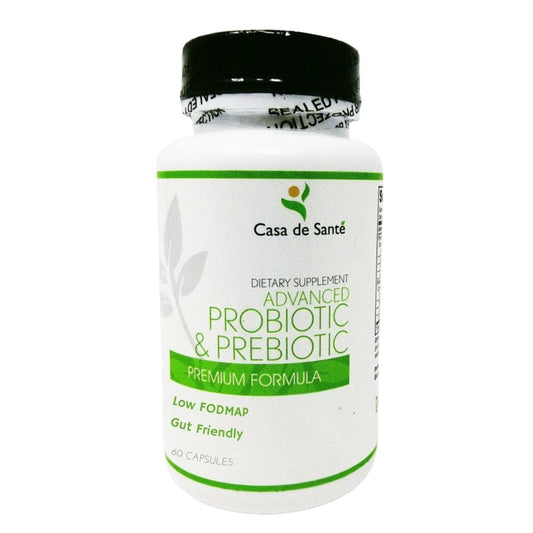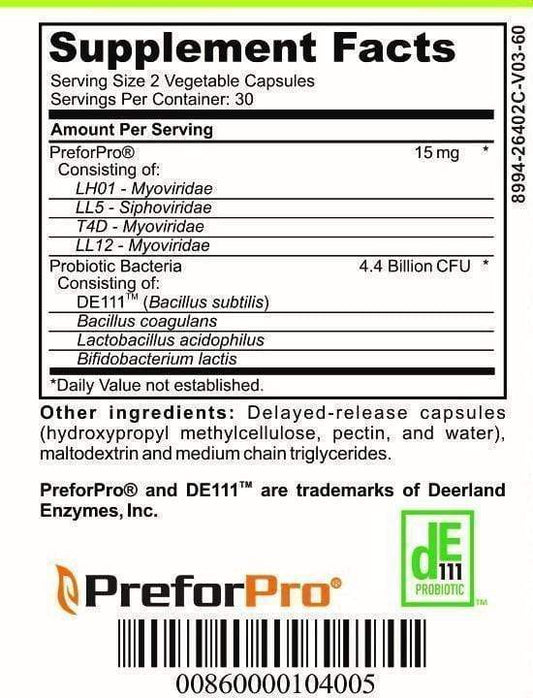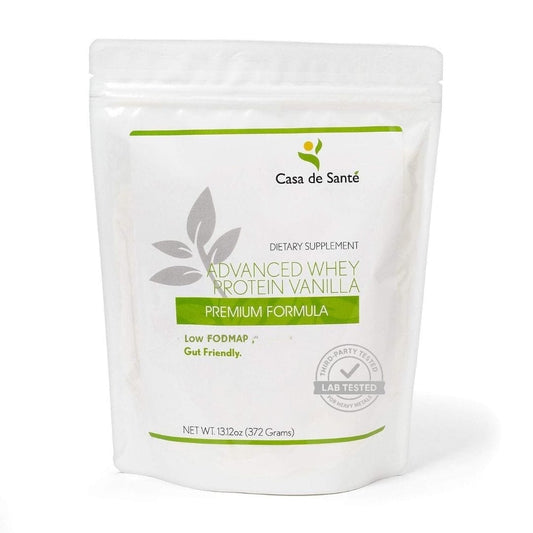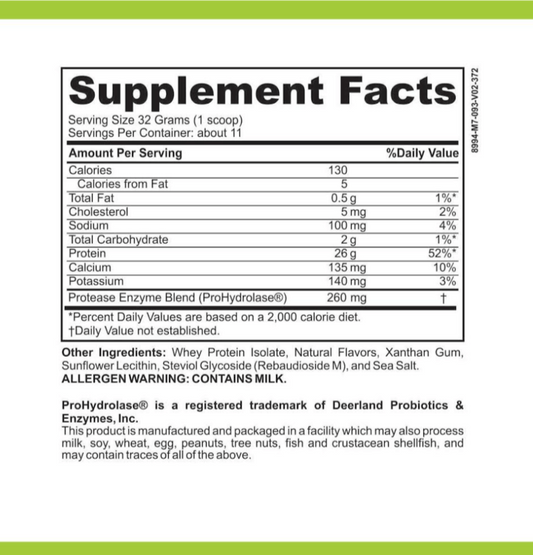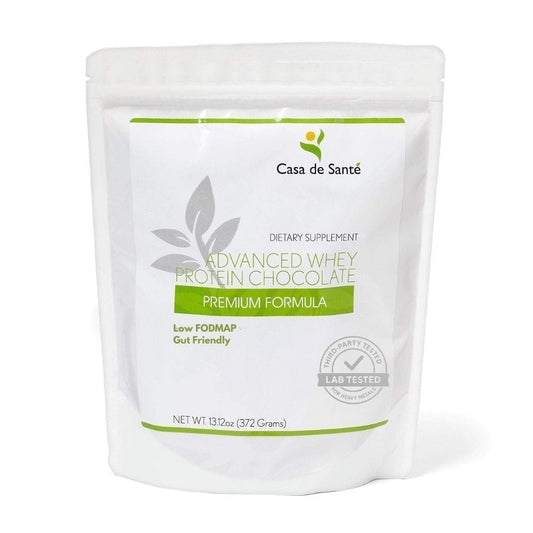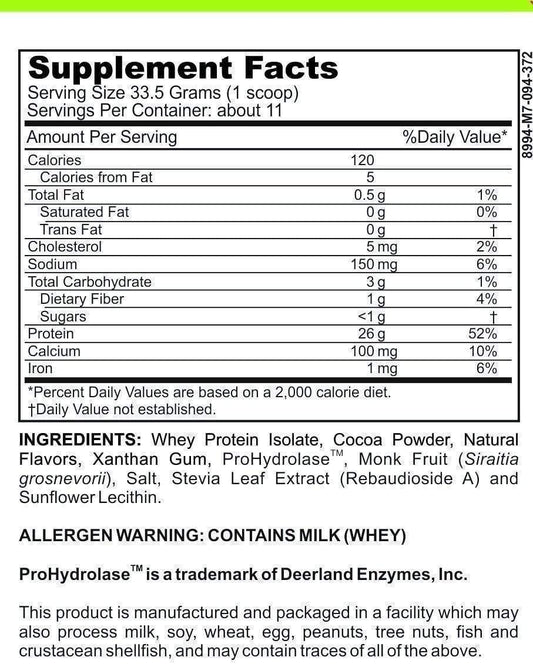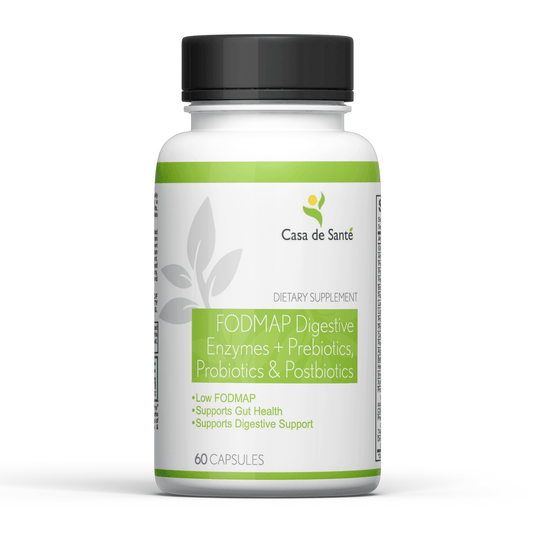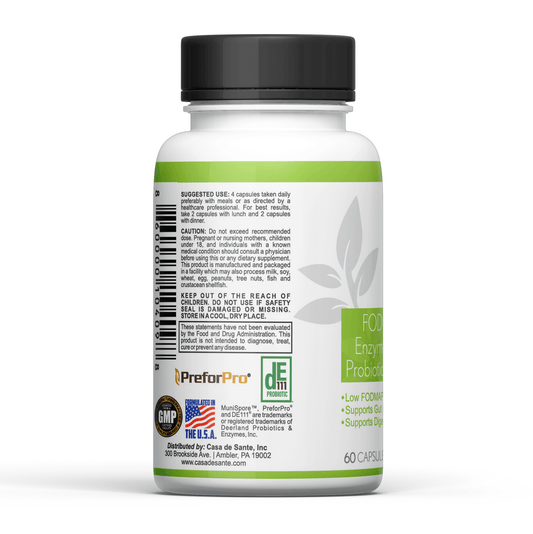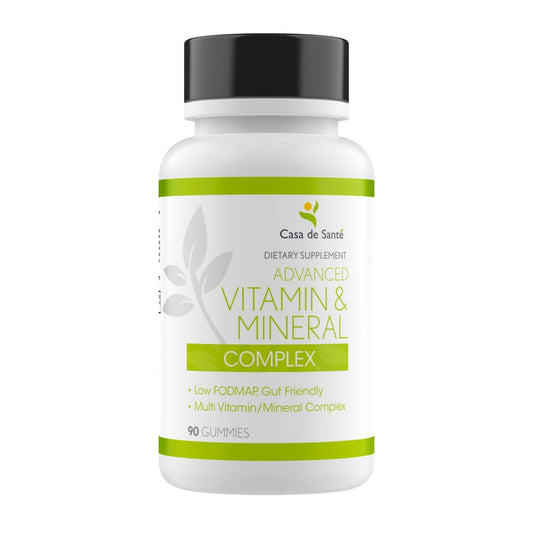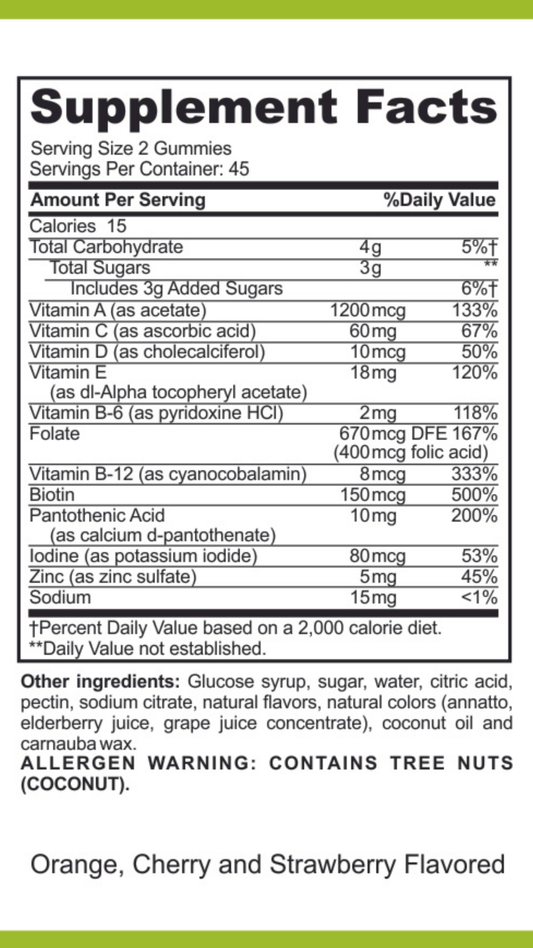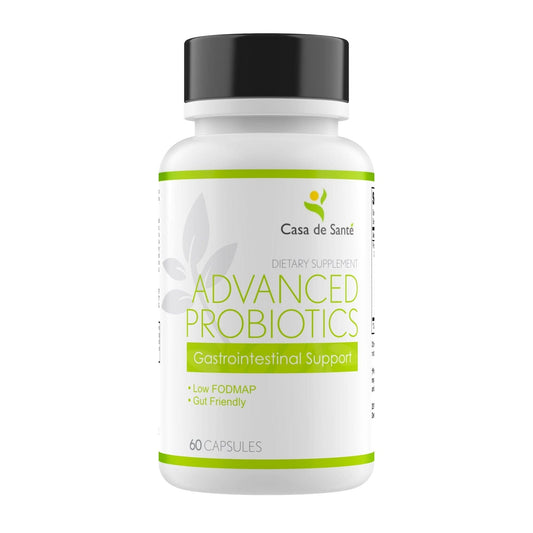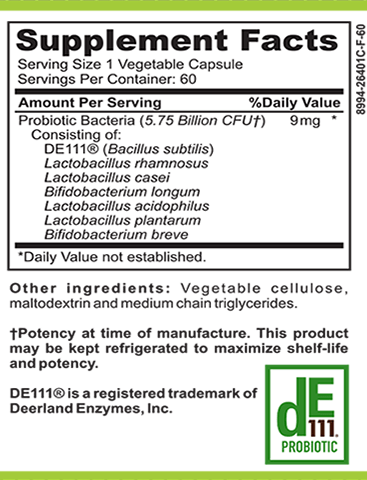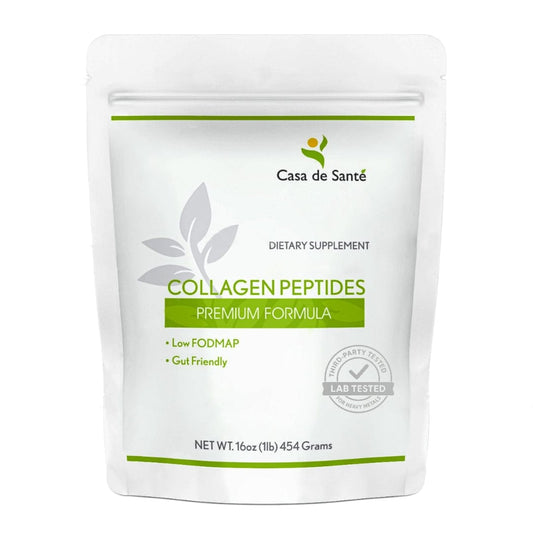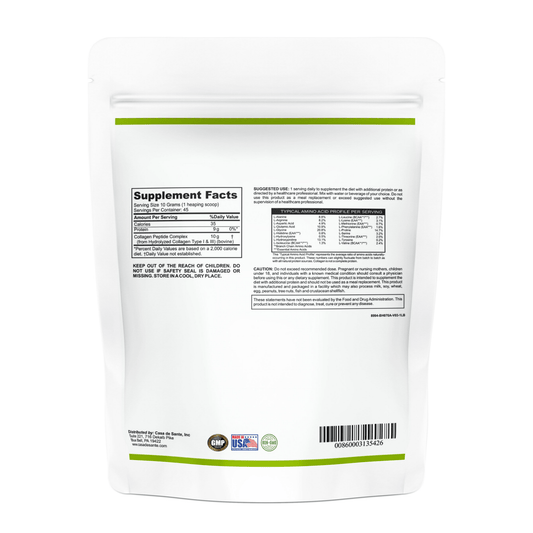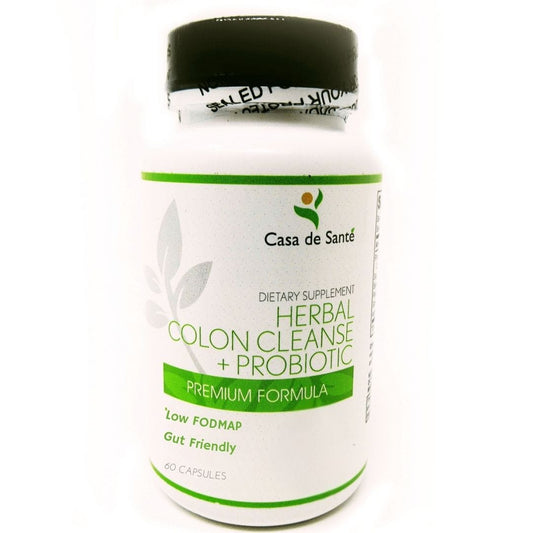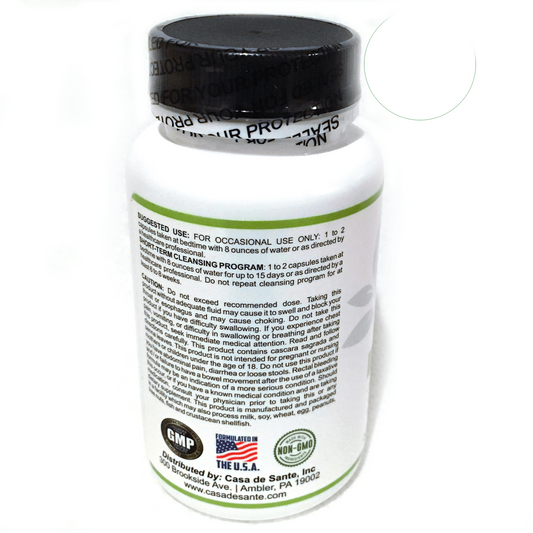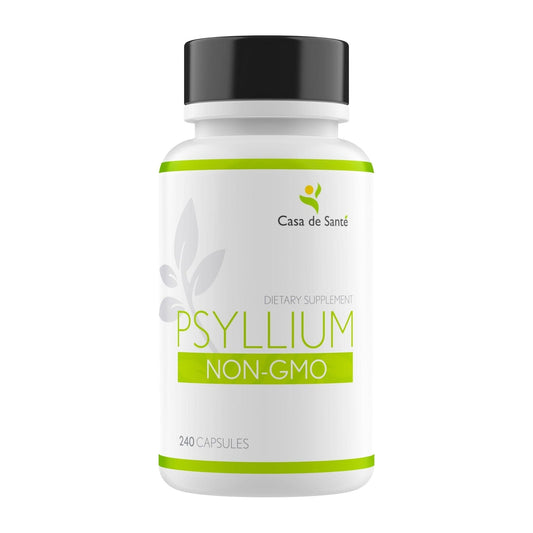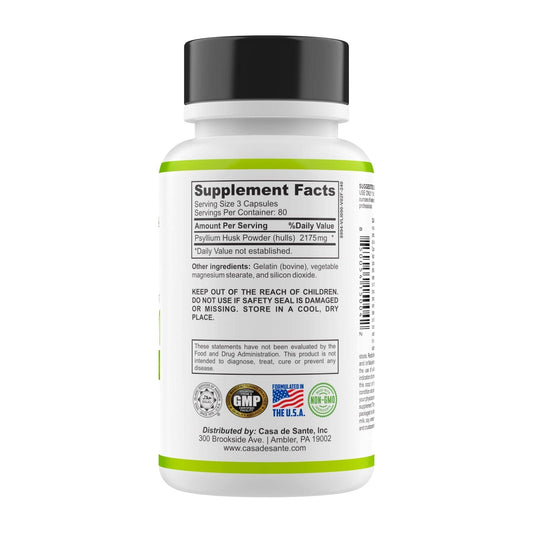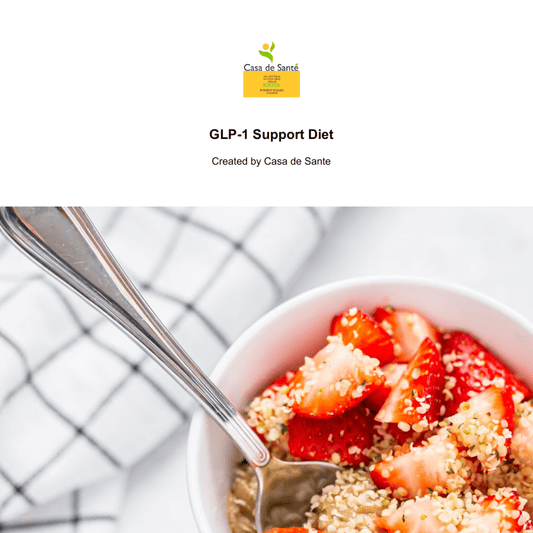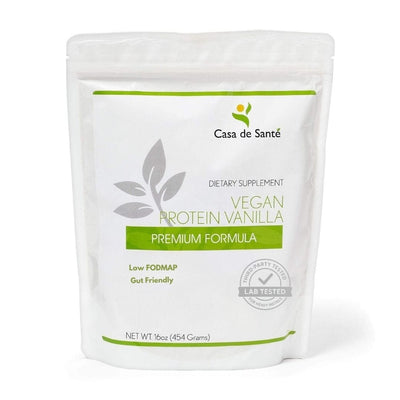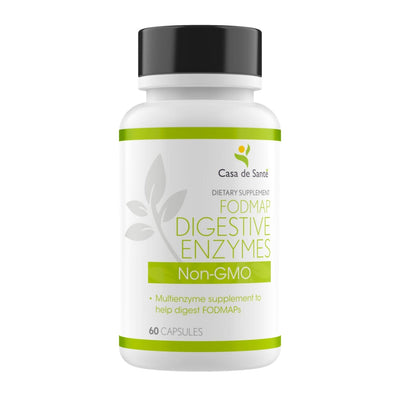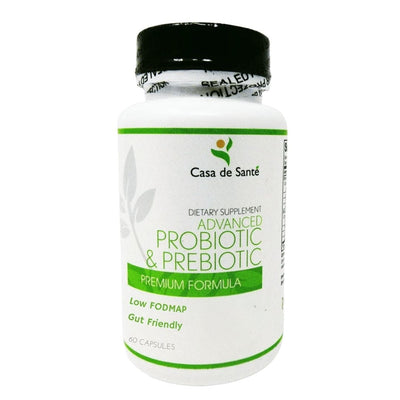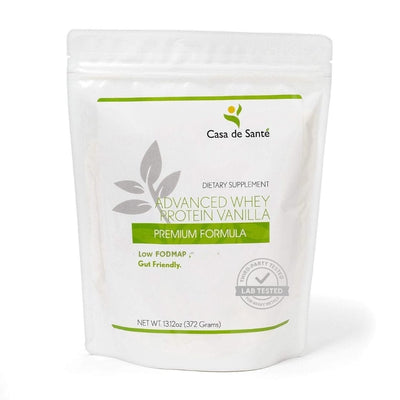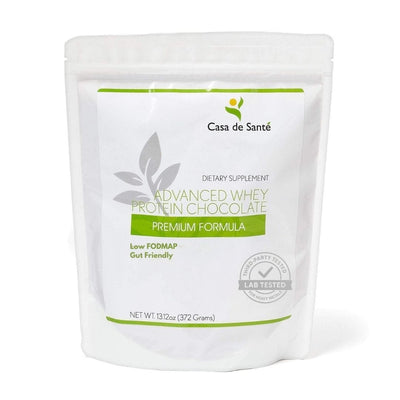Essential Guide to Hydration Bags - Oral Rehydration Salts (ORS) for Optimal Health
Hydration is key to staying healthy, and one way to ensure you're getting enough fluids is through hydration bags filled with Oral Rehydration Salts (ORS). These handy packets can help replenish lost electrolytes and keep your body functioning well, especially during intense activities or illness. In this guide, we'll break down everything you need to know about hydration bags and ORS, from their benefits to how to use them effectively.
Key Takeaways
- Hydration bags with ORS are essential for quick rehydration, especially during illness or intense exercise.
- ORS helps replace lost electrolytes, which are crucial for maintaining bodily functions.
- Choosing the right hydration bag involves looking for features like portability and ease of use.
- Electrolytes can be found in various foods and drinks, and ORS is a convenient way to replenish them.
- Recognizing dehydration signs early can help you take action before it becomes severe.
Understanding Hydration Bags - Oral Rehydration Salts (ORS)
What Are Hydration Bags?
Okay, so, hydration bags aren't exactly bags filled with water, though that's kinda the idea. They're more like backpacks or vests that hold a reservoir of water, letting you drink hands-free through a tube. Think of them as a super convenient way to stay hydrated, especially when you're hiking, biking, or doing anything active where stopping for a water bottle is a pain. They come in all sizes, from small ones for short runs to bigger ones for all-day adventures. The main thing is convenience – you can sip water whenever you need to without breaking your stride. It's a game changer, trust me. They are also useful for fast hydration methods.
Benefits of Oral Rehydration Salts
Oral Rehydration Salts, or ORS, are a simple but effective way to combat dehydration. They're basically a mix of electrolytes and sugar that you dissolve in water. But why not just drink water? Well, when you're dehydrated, you don't just lose water; you also lose important electrolytes like sodium and potassium. ORS helps replenish these, allowing your body to absorb water more efficiently. Think of it like this: water is the fuel, and electrolytes are the key to starting the engine. Here's a quick rundown of the benefits:
- Faster rehydration than water alone
- Replenishes lost electrolytes
- Easy to carry and use
- Can prevent complications from dehydration
ORS is especially useful when you're dealing with diarrhea or vomiting, as these conditions can quickly lead to dehydration. It's also great for athletes who sweat a lot or anyone working in hot conditions.
How ORS Works in the Body
So, how does this magical powder actually work? It's all about osmosis and electrolyte balance. When you're dehydrated, the concentration of electrolytes in your body is off. This makes it harder for your body to absorb water from your gut into your bloodstream. ORS contains a specific ratio of glucose and electrolytes that helps to create an osmotic gradient. This gradient pulls water and electrolytes across the intestinal wall and into your bloodstream, rehydrating you more effectively than water alone. It's like giving your body a helping hand to do what it's supposed to do. The oral rehydration solution is very effective.
Choosing the Right Hydration Bag

Choosing the right hydration bag can feel overwhelming with so many options available. It really comes down to understanding your needs and what features are most important to you. Let's break it down.
Key Features to Look For
When you're shopping for a hydration bag, there are a few key things to keep in mind:
- Capacity: How much water do you need to carry? Think about the length of your activities. A short hike might only need a 1.5L bag, while a full-day adventure could require 3L or more.
- Fit and Comfort: This is huge! Make sure the bag fits snugly against your back without being too tight. Adjustable straps are a must. Consider the torso length and whether the bag is designed for men or women.
- Bladder Quality: Look for a bladder made from durable, BPA-free material. A wide opening makes it easier to fill and clean. Also, check the bite valve – does it have a good flow rate and a shut-off valve to prevent leaks?
- Storage: Do you need extra pockets for snacks, keys, or a phone? Some bags have tons of storage, while others are more streamlined.
It's easy to get caught up in the bells and whistles, but focus on the essentials: capacity, comfort, and bladder quality. Everything else is secondary.
Popular Brands and Their Offerings
Several brands dominate the hydration pack market, each with its own strengths. Here's a quick rundown:
- CamelBak: Often considered the gold standard. They're known for their durable bladders and wide range of packs for different activities. They also offer hydration extras like insulated tubes.
- Osprey: These are popular for their comfortable fit and innovative features. They often have great ventilation systems to keep your back cool.
- Hydro Flask: While known for their bottles, Hydro Flask also makes high-quality hydration packs with a focus on insulation.
It's worth checking out reviews and comparing models to see what fits your needs best. Some brands also offer specific electrolyte packets, like NormaLyte Grape, to enhance hydration.
Customizing Your Hydration Bag
One of the great things about hydration bags is that you can customize them to fit your specific needs. Here are a few ideas:
- Insulated Sleeves: Keep your water cool on hot days with an insulated sleeve for the bladder or tube.
- Electrolyte Tablets: Add electrolyte tablets to your water to replenish lost minerals during intense activity. There are many brands and flavors to choose from.
- Attachment Points: Use the attachment points on your bag to carry extra gear, like trekking poles or a first-aid kit.
By choosing the right features and customizing your bag, you can create a hydration system that works perfectly for you.
The Role of Electrolytes in Hydration

Importance of Electrolytes
Electrolytes are minerals that carry an electric charge when dissolved in water, and they're super important for a bunch of bodily functions. Think of them as the conductors that keep everything running smoothly. They help regulate nerve and muscle function, balance blood acidity and pressure, and help move fluids in and out of your cells. Without enough electrolytes, your body just can't perform at its best. It's like trying to run a car without oil – things will grind to a halt pretty quickly.
- Sodium
- Potassium
- Magnesium
Maintaining the right balance of electrolytes is key. Too much or too little of any one electrolyte can throw things off and lead to health problems. That's why it's important to pay attention to what you're eating and drinking, especially when you're sweating a lot.
Common Sources of Electrolytes
So, where do you get these essential electrolytes? Well, a lot of it comes down to your diet. Many foods and drinks are packed with electrolytes, making it easy to keep your levels topped up. Here's a quick rundown:
- Sports Drinks: These are designed to replenish electrolytes lost during exercise. But be careful, some are loaded with sugar. Consider UCAN Hydrate for a healthier option.
- Fruits and Vegetables: Bananas (potassium), spinach (magnesium), and watermelon (sodium) are great natural sources.
- Dairy Products: Milk and yogurt contain calcium and other electrolytes.
- Nuts and Seeds: Almonds and pumpkin seeds are good sources of magnesium.
How ORS Replenishes Electrolytes
Oral Rehydration Salts (ORS) are specifically formulated to quickly replenish both fluids and electrolytes. They usually contain a mix of sodium, potassium, and glucose, which work together to help your body absorb water more effectively. When you're dehydrated – whether from exercise, illness, or just being out in the sun – ORS can be a game-changer. They're designed to restore electrolyte balance more efficiently than water alone, helping you recover faster. Think of it as a targeted approach to rehydration, ensuring your body gets exactly what it needs to bounce back.
Using Oral Rehydration Salts Effectively
How to Prepare ORS
Okay, so you've got your oral rehydration solution (ORS) packet. Now what? It's actually super simple. The most important thing is to follow the instructions on the packet. Usually, it involves mixing the powder with a specific amount of clean water. Don't try to eyeball it – too much or too little water can mess with the electrolyte balance and make it less effective, or even harmful. Make sure the water is safe to drink; if you're not sure, boil it first and let it cool down. Stir it well until the powder is completely dissolved. That's it!
When to Use ORS
ORS isn't just for extreme situations. Think about using it when you're losing fluids faster than you can replace them. This could be from:
- Intense exercise, especially in hot weather
- Travel, particularly to places where you might experience traveler's diarrhea
- Illness, like the flu or a stomach bug, that causes vomiting or diarrhea
- Hangovers (yes, really!)
Basically, if you're feeling dehydrated or know you're at risk, ORS can be a great way to get back on track. Don't wait until you're severely dehydrated to start using it. Early intervention is key.
Combining ORS with Other Hydration Methods
ORS is awesome, but it's not the only tool in your hydration toolbox. It works best when combined with other strategies. For example:
- Sip water throughout the day, even when you're not thirsty.
- Eat foods with high water content, like fruits and vegetables.
- Avoid sugary drinks, which can actually worsen dehydration.
- Consider electrolyte-rich drinks like coconut water in addition to ORS.
Think of ORS as a boost, not a replacement, for regular hydration. If you're working hard and sweating a lot, alternate between water and an electrolyte powder to keep your levels balanced. Listen to your body and adjust your approach as needed.
Signs of Dehydration and When to Act
Recognizing Early Symptoms
Catching dehydration early is key. It's not just about feeling thirsty. Your body gives you subtle hints before it's in crisis mode. Keep an eye out for these common early signs:
- Increased thirst (obviously!)
- Darker urine than usual. Pale yellow is the goal.
- Less frequent urination. If you're not hitting the restroom as often, that's a red flag.
- Dry mouth and/or dry skin.
Ignoring these early signals can lead to more serious problems. Think of it like your car's check engine light – don't ignore it!
Severe Dehydration Indicators
When dehydration progresses, the symptoms become more alarming. These are signs that you need to act fast and possibly seek medical help. Severe dehydration can mess with your body's basic functions. Here's what to watch for:
- Dizziness or lightheadedness, especially when standing up. This is often due to low blood pressure.
- Rapid heartbeat. Your heart is working harder to compensate for the reduced blood volume.
- Confusion or irritability. Dehydration can affect brain function.
- Extreme fatigue or weakness. You might feel like you can barely move.
- In severe cases, loss of consciousness.
Immediate Actions to Take
So, you've recognized the signs of dehydration – now what? Here's a quick guide to immediate actions:
- Drink fluids. Start with water, but consider an oral rehydration solution (ORS) to replenish electrolytes, especially if you've been sweating a lot.
- Move to a cool place. Get out of the sun or heat to reduce further fluid loss through sweat.
- Rest. Avoid strenuous activity that will exacerbate dehydration.
- Monitor your symptoms. If they don't improve quickly or if they worsen, seek medical attention. Don't wait it out if you're concerned.
It's always better to be proactive about hydration. Carry a water bottle, especially during physical activity or in hot weather. And remember, thirst isn't always the best indicator – drink water regularly throughout the day, even if you don't feel thirsty. Staying ahead of dehydration is way easier than playing catch-up!
Hydration Strategies for Active Lifestyles
Hydration Before, During, and After Exercise
Okay, so you're hitting the gym, going for a run, or just generally being active? Great! But are you drinking enough? It's not just about chugging water when you feel thirsty. Think of it as fueling your body for peak performance. Before exercise, pre-hydrate. During, sip regularly. And after? Replenish what you lost. It's a simple formula, but it makes a huge difference. Proper hydration is key to avoiding fatigue and maximizing your workout.
Integrating ORS into Your Routine
Oral Rehydration Salts (ORS) aren't just for when you're sick. They can be a game-changer for athletes or anyone pushing their limits. Electrolytes are super important, and ORS helps you get them back after sweating a lot. I like to keep some oral rehydration solution on hand, especially during those extra tough workouts or hot days. It's an easy way to make sure you're not just replacing fluids, but also those vital salts your body needs.
Tips for Staying Hydrated Outdoors
Being outside is awesome, but it can also lead to dehydration if you're not careful. Here are a few things I've learned:
- Carry a water bottle, always. Make it a habit.
- Know the signs of dehydration. Dark urine? Headache? Listen to your body.
- Consider the weather. Hot and sunny? You'll need more fluids than on a cooler day.
- Don't wait until you're thirsty to drink. Thirst is a sign you're already behind.
- Eat hydrating foods like watermelon and cucumbers. They can help boost your fluid intake.
Staying hydrated isn't just about drinking water. It's about making conscious choices throughout the day to support your body's needs, especially when you're active. Pay attention to how you feel, and adjust your fluid intake accordingly. It's a small thing that can make a big difference in your overall health and performance.
The Future of Hydration Solutions
Innovations in Hydration Technology
The world of hydration is changing fast! We're seeing some really cool stuff come out, moving beyond just water bottles and basic sports drinks. Think about it: personalized hydration plans based on your sweat analysis, smart bottles that track your intake and remind you to drink, and even wearable tech that monitors your hydration levels in real-time. These innovations aim to make staying hydrated easier and more effective than ever before.
- Smart water bottles with built-in sensors.
- Wearable hydration monitors.
- Personalized hydration apps.
Sustainability in Hydration Products
Let's be real, all those plastic bottles add up. Sustainability is becoming a huge focus in the hydration industry. Companies are looking for ways to reduce their environmental impact, from using recycled materials to developing biodegradable packaging. We're also seeing a rise in reusable water bottles and hydration systems designed to last, cutting down on waste. It's not just about staying hydrated; it's about doing it responsibly.
The push for eco-friendly hydration solutions is gaining momentum. Consumers are increasingly aware of the environmental consequences of single-use plastics and are actively seeking sustainable alternatives. This shift in consumer behavior is driving innovation in the hydration industry, leading to the development of more environmentally responsible products and practices.
The Role of Research in Hydration
We're learning more and more about how hydration affects our bodies, and that knowledge is driving new developments. Research is helping us understand the best ways to hydrate for different activities, environments, and individual needs. For example, studies are exploring the optimal electrolyte balance for athletes and the role of hydration in cognitive function. This research will lead to even more effective and personalized W.H.O. ORS solutions in the future.
Here's a quick look at some key research areas:
- Optimal electrolyte ratios for different activities.
- The impact of hydration on cognitive performance.
- Personalized hydration strategies based on individual needs.
Wrapping It Up: Stay Hydrated, Stay Healthy
In the end, hydration is key to feeling good and staying healthy. Oral rehydration salts (ORS) are a simple and effective way to keep your electrolytes balanced, especially when you're sweating a lot or feeling under the weather. Remember, it's not just about drinking water; you need to replace those lost minerals too. So, whether you're hitting the gym, spending time outdoors, or just dealing with a cold, having ORS on hand can make a big difference. Make hydration a priority in your daily routine, and your body will thank you!
Frequently Asked Questions
What are hydration bags?
Hydration bags are special packs that hold water and sometimes include powders like Oral Rehydration Salts (ORS) to help keep you hydrated.
What are Oral Rehydration Salts (ORS)?
Oral Rehydration Salts are powdered mixtures that you can add to water. They help replace lost fluids and electrolytes, especially after sweating or being sick.
How do I use ORS?
To use ORS, mix the powder with water according to the instructions. Drink it when you feel dehydrated or after exercise.
What are the signs of dehydration?
Signs of dehydration include dry mouth, feeling tired, dark yellow urine, and dizziness. If you notice these, you should drink more fluids.
Can I get hydration from foods?
Yes! Foods like cucumbers, watermelon, and oranges have a lot of water in them and can help keep you hydrated.
How much water should I drink each day?
A good rule is to drink about 8 glasses of water a day, but you might need more if you're active or it's hot outside.

